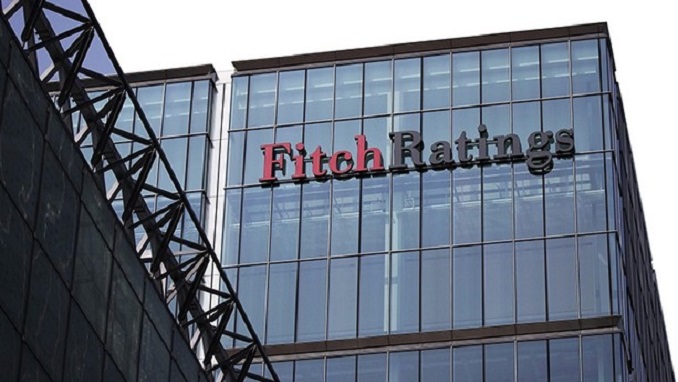Russia’s banking sector remained profitable and healthy in the first ten months of this year, but corporate lending is stagnating as big companies are unwilling to borrow, while the regulator is stamping on the fast growth of retail loans, Fitch Ratings said in a report, according to bne Intellinews.
Corporate lending remains more or less flat, the rating agency’s analysts said. The country’s big companies don’t want to borrow – corporate loans nominally increased by 204 billion rubles ($3.278 billion) – or 0.5% in October, a bit higher (0.7%) after adjusting for 1% ruble appreciation against the U.S. dollar.
Over the first ten months of 2019, corporate lending grew about 4% net of exchange-rate effects and excluding January changes from the implementation of IFRS9-like rules.
“The main reason for sluggish corporate lending is a lack of demand from quality borrowers, and banks’ still greater appetite for retail lending. Most lenders are not constrained by capital or liquidity,” Fitch said in the report.
The Bank of Russia has been worried by the ballooning retail borrowing and has moved to cool the business. Retail lending growth decelerated in October, growing by 123 billion rubles ($2.22 billion), or 0.7%, compared with 256 billion rubles (1.5%) in September.
“We attribute this moderation partly to new regulation that became effective from October 1, which involves higher risk-weights on loans to leveraged borrowers, but also to banks’ higher growth appetite for a few months prior to the regulation tightening,” Fitch said.
A few large banks reported higher retail lending growth in October, namely Sberbank (108 billion rubles, 1.5%), Alfa-bank (24 billion rubles , 3.9%) and FC Otkritie (16 billion rubles, 5.1%).
“Excluding January changes from implementation of IFRS9-like rules, retail loans grew by 15% in 10M19, and this may reach 17% for the whole year, while for 2020 we forecast a slight slowdown to about 15%,” Fitch said.
Banks continue to mainly rely on the customers’ deposits for funding. Deposits (excluding state entities’ deposits) nominally increased by 109 billion rubles (0.2%) in October, but net of currency movements by a higher 243 billion rubles (0.4%), the rating agency said.












